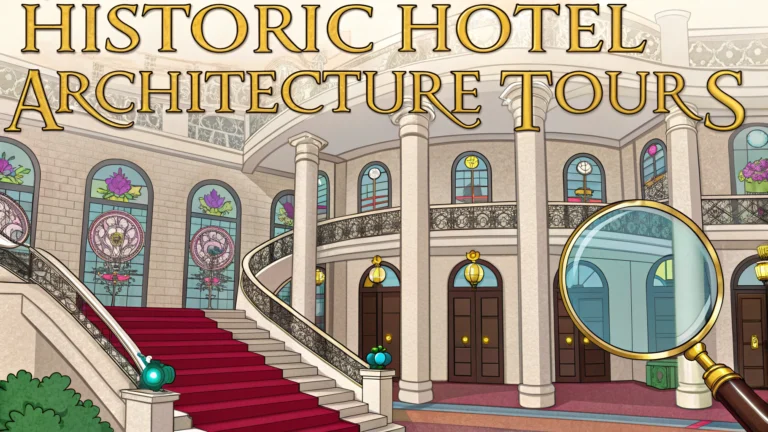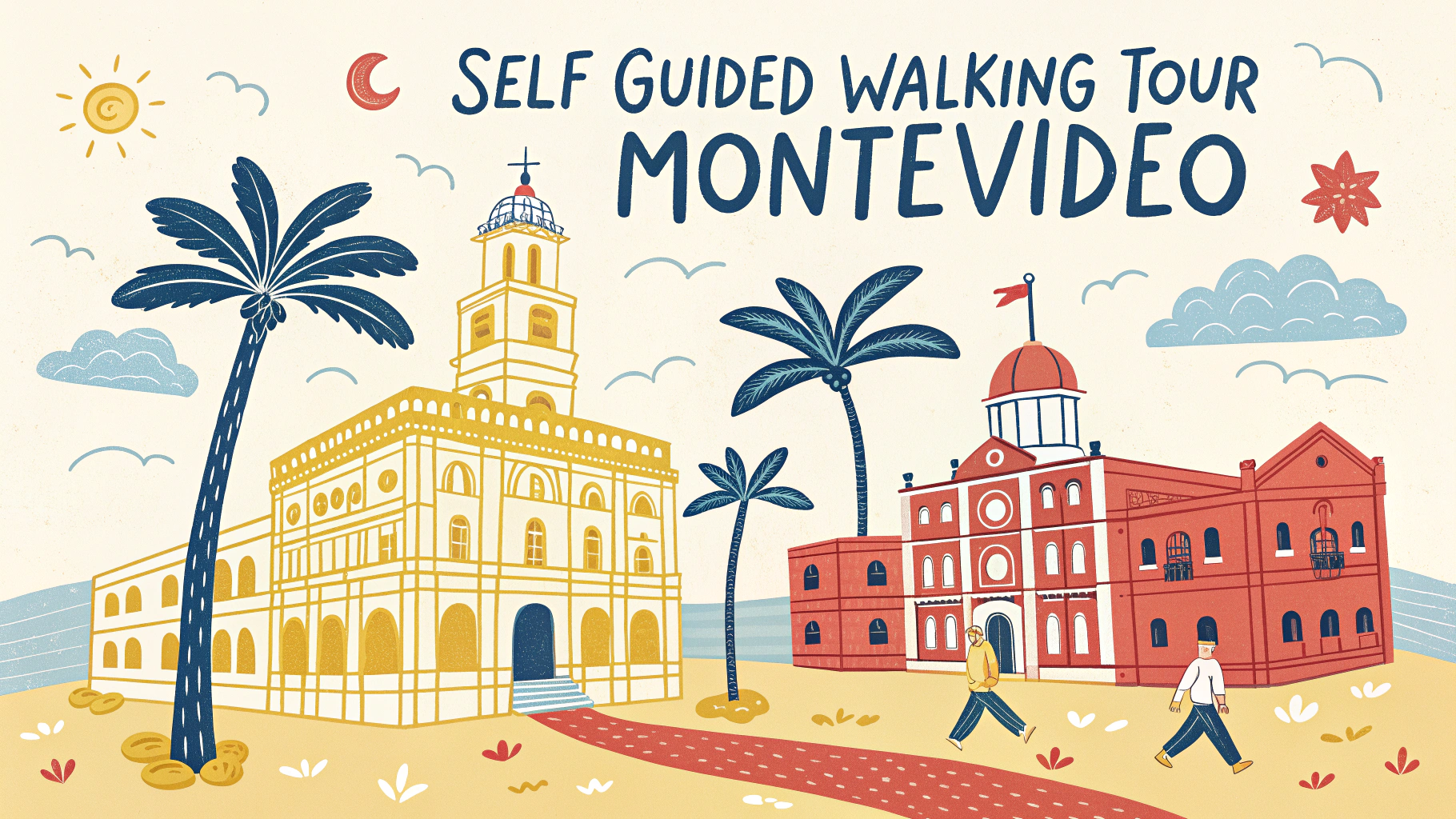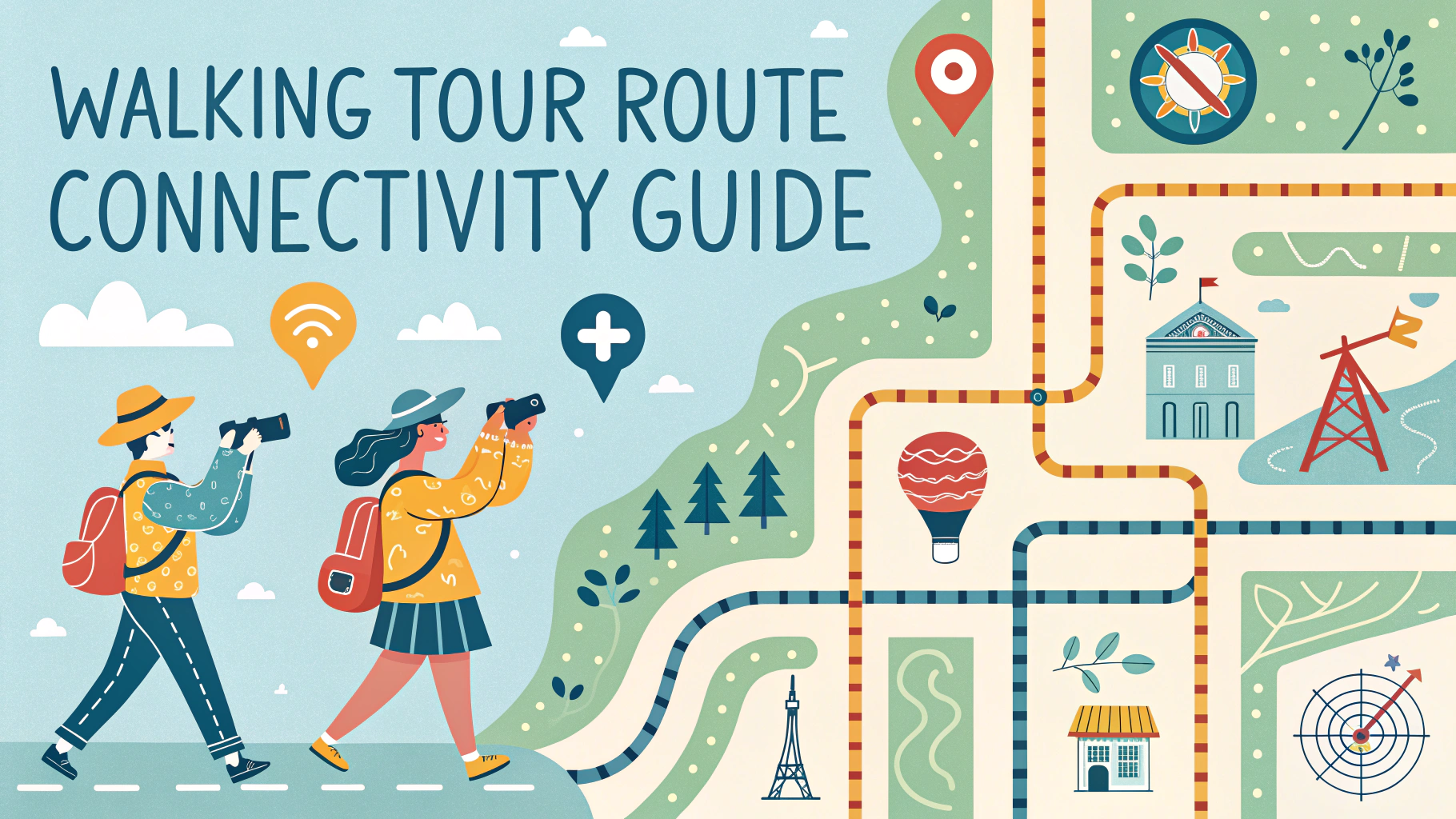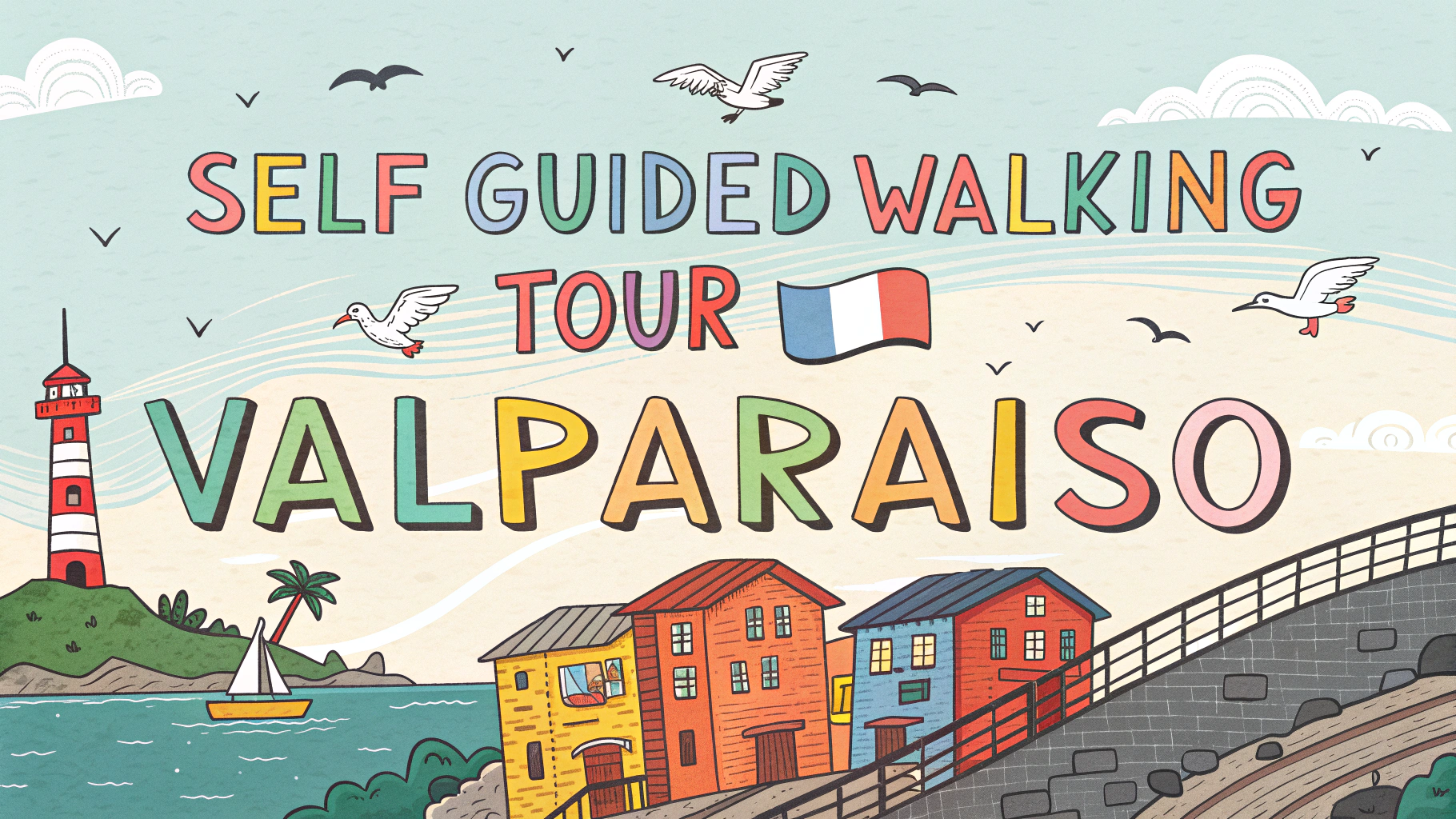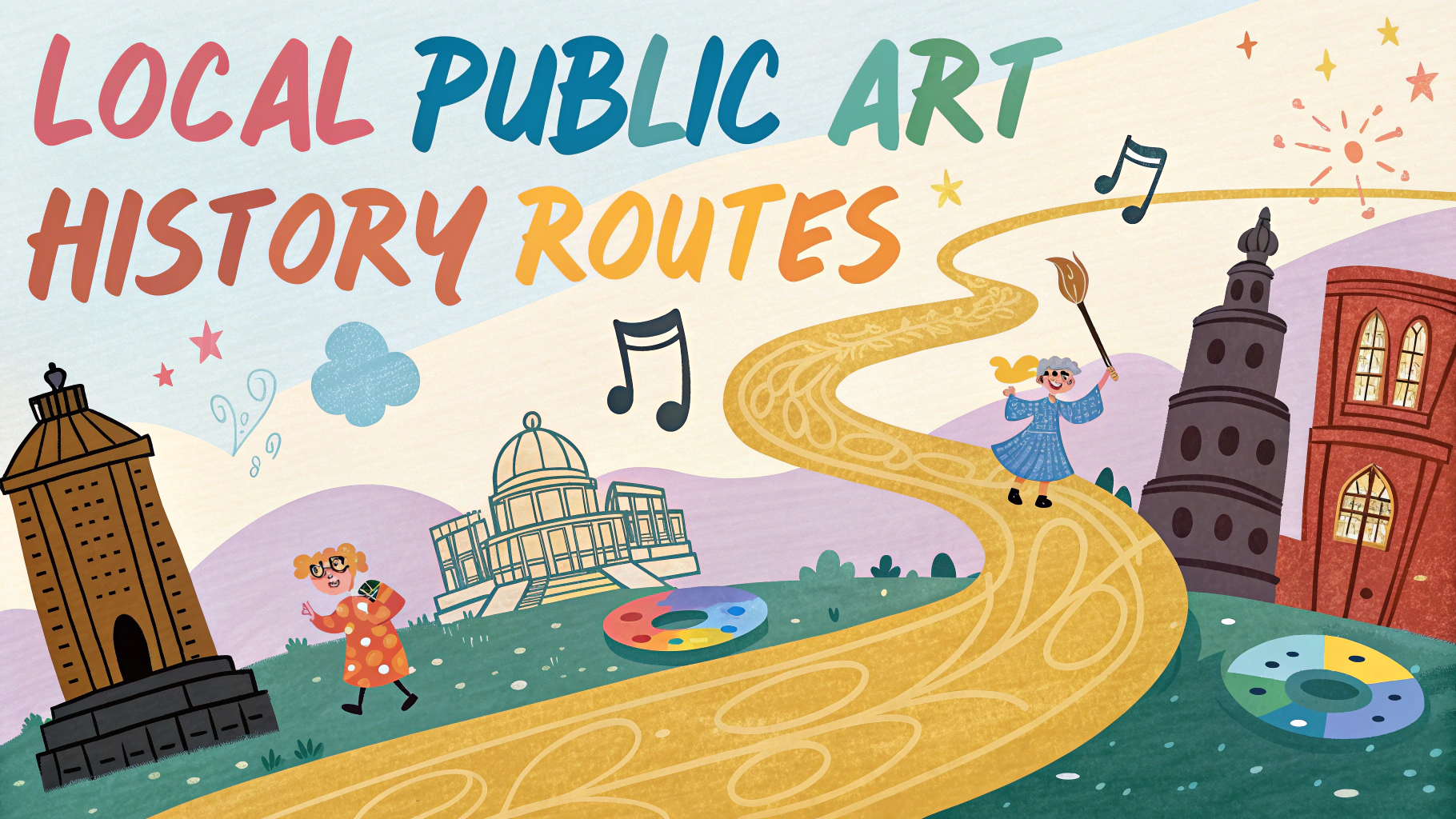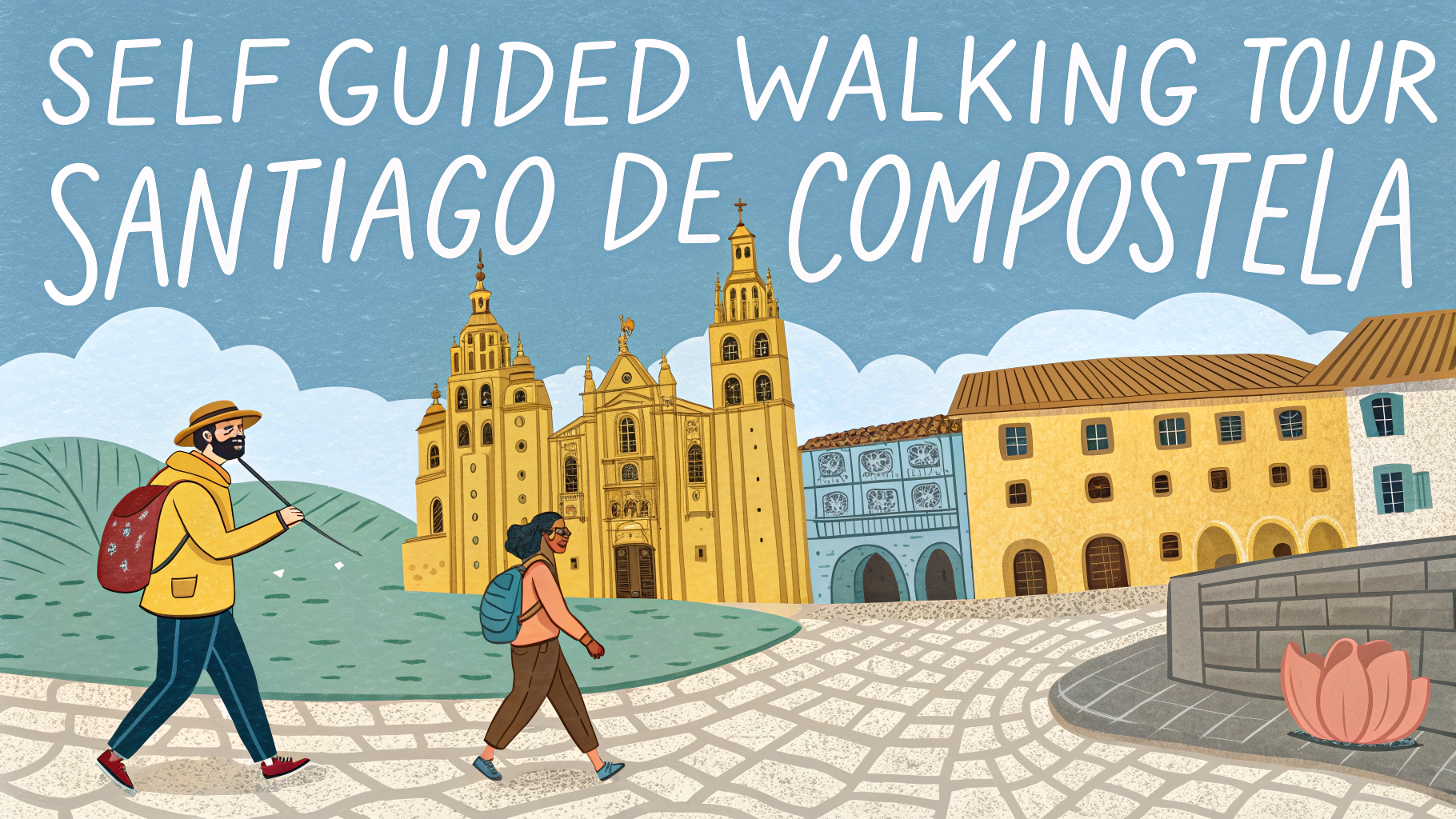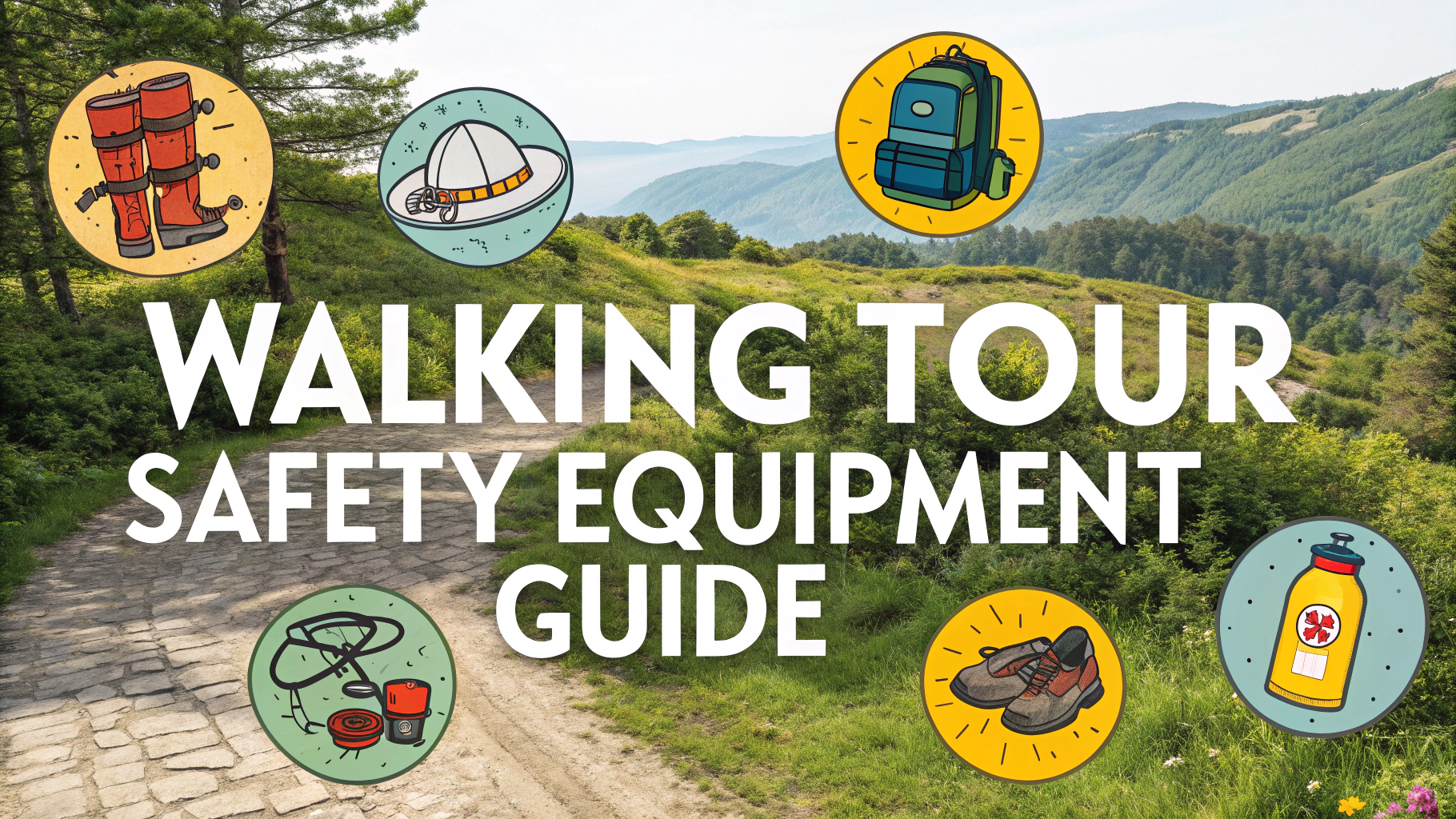Historic hotel architecture tours offer a fascinating glimpse into the grand designs and cultural heritage of iconic hospitality landmarks.
This guide helps you discover notable historic hotels through self-guided walking tours across different architectural periods and styles.
Planning Your Hotel Architecture Tour
- Research opening hours and accessibility
- Download hotel floor plans where available
- Bring a camera (check photography policies)
- Wear comfortable walking shoes
- Pack a small notebook for sketches or notes
Notable Architectural Elements to Observe
- Grand lobbies and ceremonial staircases
- Original fixtures and decorative elements
- Period-specific architectural details
- Historic ballrooms and function spaces
- Original building materials and craftsmanship
Best Practices for Self-Guided Tours
Start your tour in the morning when lobbies are less crowded and natural light is optimal for photography.
Respect private areas and current hotel guests during your visit.
Consider joining the hotel’s official historic tour if available for access to restricted areas.
Notable Historic Hotels by Region
| Region | Notable Hotels | Architectural Style |
|---|---|---|
| Northeast USA | The Plaza (New York) The Breakers (Newport) |
French Renaissance Italian Renaissance |
| West Coast | Hotel del Coronado (San Diego) Fairmont San Francisco |
Victorian Beaux-Arts |
| Europe | Ritz Paris Hotel Sacher (Vienna) |
French Classical Neo-Renaissance |
Photography Tips
- Use wide-angle lenses for grand spaces
- Capture architectural details in natural light
- Frame symmetrical shots of corridors and lobbies
- Document ornamental features up close
Research Resources
- Historic Hotels of America
- National Trust for Historic Preservation
- Local historical societies
- University architecture libraries
Tour Safety and Etiquette
- Check in with the front desk before starting your tour
- Stay in public areas unless given specific permission
- Keep voices low in functioning hotel spaces
- Ask permission before photographing hotel staff or guests
Contact individual hotels directly for specific tour information and photography policies before your visit.
Seasonal Considerations
Historic hotels offer different experiences across seasons, with unique architectural highlights and access opportunities throughout the year.
- Summer: Extended daylight hours for exterior photography
- Fall: Less crowded, ideal for interior tours
- Winter: Holiday decorations showcase architectural features
- Spring: Gardens and outdoor architectural elements bloom
Documentation Methods
Digital Tools
- Architecture apps for style identification
- Digital mapping tools for tour planning
- Virtual reality tours when available
- Online architectural archives
Traditional Methods
- Architectural sketching
- Measured drawings
- Field notes
- Rubbing of architectural details
Preservation Insights
Understanding preservation efforts helps appreciate architectural details and restoration work:
- Original vs. restored elements
- Adaptive reuse examples
- Conservation techniques
- Modern amenity integration
Conclusion
Historic hotel architecture tours provide valuable insights into architectural heritage, design evolution, and preservation practices. Through careful planning, proper documentation, and respectful observation, visitors can experience these architectural treasures while contributing to their ongoing preservation.
Remember to support these historic properties by sharing your experiences, following preservation guidelines, and participating in official heritage programs when available.
FAQs
- What is typically included in a historic hotel architecture tour?
A historic hotel architecture tour includes viewing architectural styles, original design elements, grand lobbies, ballrooms, notable staircases, period furniture, and learning about preservation efforts and the hotel’s historical significance. - How long does a self-guided hotel architecture tour usually take?
Most self-guided historic hotel tours take between 45-90 minutes, depending on the size of the property and how many architectural features you wish to examine in detail. - What are the best times to take a self-guided hotel architecture tour?
Mid-morning or mid-afternoon on weekdays are optimal times, as these periods typically have less guest traffic and better natural lighting for viewing architectural details. - Do I need permission to tour a historic hotel’s architecture if I’m not a guest?
While many historic hotels welcome respectful visitors in their public spaces, it’s courteous to check with the front desk first. Some hotels may require advance notice or have specific tour hours. - What are the most common architectural styles found in historic hotels?
Historic hotels commonly feature Beaux-Arts, Art Deco, Victorian, Renaissance Revival, and Colonial Revival architectural styles, depending on their era of construction. - Should I bring any special equipment for a self-guided architecture tour?
A camera, notebook, comfortable walking shoes, and a printed or digital tour guide are recommended. Some hotels offer their own tour apps or brochures. - How can I identify different architectural features during my tour?
Look for distinctive elements like column styles, ceiling details, moldings, window designs, and building materials. Many historic hotels have informational plaques or brochures describing key features. - Are historic hotel architecture tours accessible for those with mobility issues?
Most historic hotels have been updated with elevators and ramps, but some architectural features may only be accessible by stairs. Check with the hotel for specific accessibility information. - What are the best ways to document a historic hotel architecture tour?
Photography (where permitted), sketching, note-taking, and using architectural tour apps are effective ways to document your observations and findings. - How can I learn about the historical context of the hotel before my tour?
Research the hotel’s history through their website, local historical societies, architecture guides, and preservation organizations for background on the building’s significance and design evolution.
